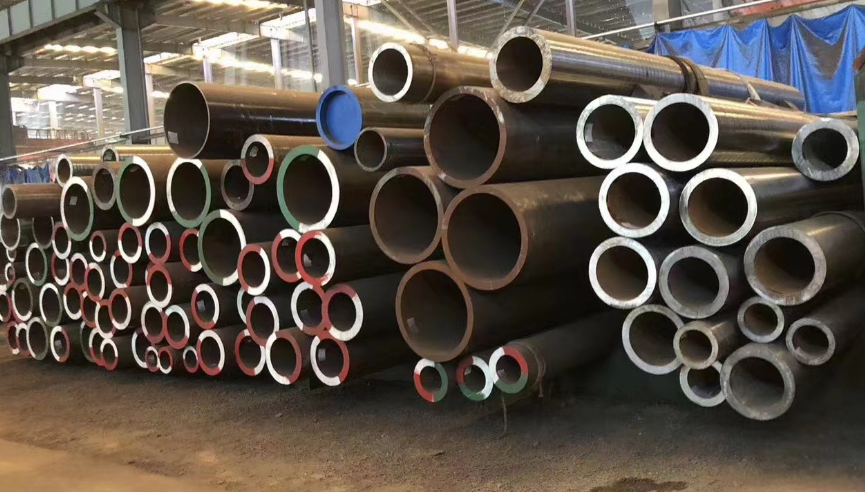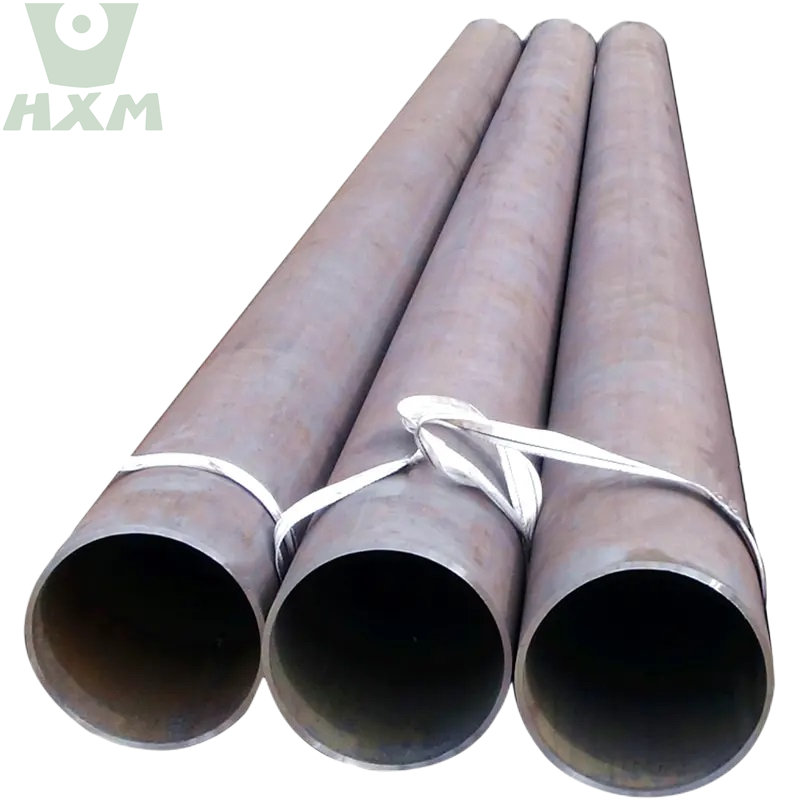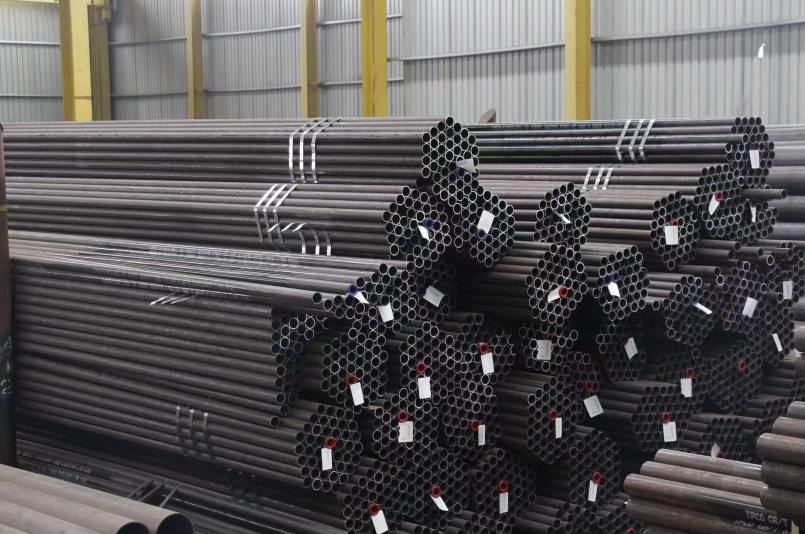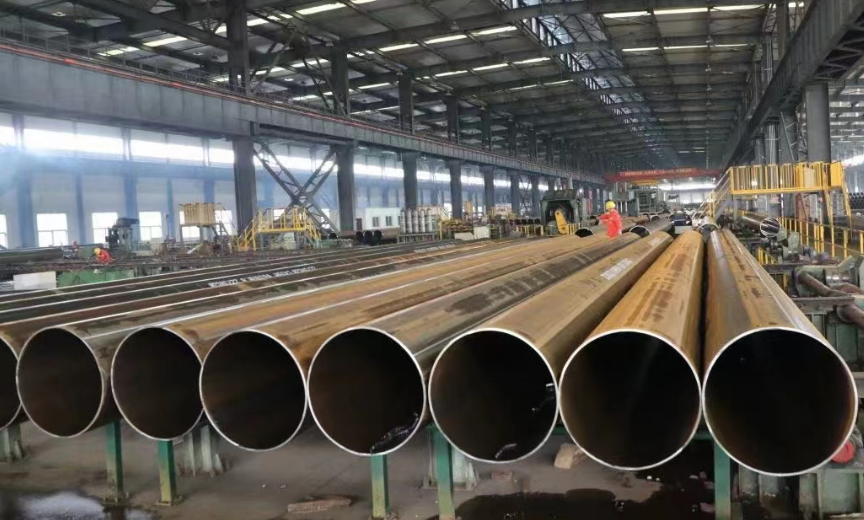In modern industrial fields, especially those that require stable operation in low-temperature environments, ASTM A333 pipes have attracted much attention for their unique specifications, excellent performance, and wide range of applications. As a seamless and welded steel pipe designed specifically for cryogenic conditions, ASTM A333 not only demonstrates excellent mechanical strength and impact toughness, but also ensures reliability and safety in extreme climates. This article will discuss in detail the specifications, properties, and wide application of ASTM A333 pipes in many important fields.

ASTM A333 Pipes – Specifications, Properties, and Application Areas
ASTM A333 Pipes – 1. Specifications:
Size Range:
- Diameter: From 1/8 inch to 48 inches (or larger, depending on the manufacturer’s capabilities).
- Wall Thickness: Available in various standard thicknesses such as SCH 10, 20, 30, 40, 60, 80, 100, 120, 140, 160, or custom thicknesses.
Length:
- Single Random Length (SRL): 5-7 meters, or customized according to customer requirements.
- Double Random Length (DRL): 11-13 meters, also adjustable based on customer needs.
- Fixed Length: As per customer specifications, such as 6 meters, 12 meters, etc.
Shape: Circular cross-section, either seamless or welded.
End Preparation: Plain End (PE), Beveled End (BE), threaded, coupled, etc.
Manufacturing Methods: Seamless steel pipes are typically produced through hot extrusion or hot piercing followed by cold rolling or cold drawing. Welded steel pipes are manufactured using methods such as Electric Resistance Welding (ERW), Spiral Submerged Arc Welding (SAW), or Longitudinal Submerged Arc Welding (LSAW).
Chemical Composition: Steel pipes under the ASTM A333 standard are classified into different grades based on their alloy content. Common grades include Grade 1, Grade 3, Grade 6, Grade 7, Grade 8, and Grade 10. These grades vary in their carbon, manganese, phosphorus, sulfur, silicon, as well as nickel, chromium, molybdenum, and other alloying element contents to meet the toughness requirements for different low-temperature environments.
ASTM A333 Pipes – 2. Properties:
Mechanical Properties:
- Tensile Strength: Varies based on the grade and wall thickness, but is generally high to meet structural demands.
- Yield Strength: Also varies depending on the grade and wall thickness, ensuring that the pipe does not deform prematurely under pressure.
- Elongation: Good elongation properties ensure the ductility of the pipe under extreme conditions.
Impact Toughness: One of the most notable features of A333 steel pipes is their impact toughness at low temperatures. Depending on the grade, the pipes can maintain their toughness at temperatures as low as -50°C, -100°C, or even lower, preventing brittle fractures.
Corrosion Resistance: While A333 steel pipes are not specifically designed for corrosion resistance, their resistance can be improved in certain environments through appropriate surface treatments such as galvanizing, painting, etc.
Weldability: A333 steel pipes exhibit good weldability and can be joined using various welding methods, including but not limited to manual arc welding, gas-shielded welding, and automatic submerged arc welding.
ASTM A333 Pipes – 3. Application Fields:
- Oil and Gas Industry: A333 steel pipes are widely used in oil and gas extraction, transportation, and storage facilities, especially in cold regions.
- Chemical Industry: They are used for transporting low-temperature liquids such as liquid ammonia, Liquefied Petroleum Gas (LPG), and others.
- Power Plants: In the cooling systems of power plants, low-temperature resistant pipes are required to transport coolants.
- Construction and Bridges: In the construction of buildings and bridges in cold regions, A333 steel pipes are used for structural support and fluid transportation.
- Other Low-Temperature Applications: These include refrigeration systems, cold storage warehouses, ships, and marine engineering, among others.
Conclusion
ASTM A333 steel pipes are widely used in many industries due to their excellent low-temperature toughness, mechanical properties, and welding properties. Its specifications are diverse and can be customized according to specific needs, making it an indispensable engineering material in low-temperature environments.
Thank you for reading our article and we hope it can help you to have a better understanding of the specifications, properties, and applications of ASTM A333 pipes. If you are looking for ASTM A333 pipes online now, please don’t hesitate to contact Huaxia Steel.
As a leading supplier of carbon steel products across the whole world, Huaxia Steel provides customers with high-quality carbon steel, tool steel, alloy steel, carbon steel tubes, and carbon steel pipes at a very competitive price.








